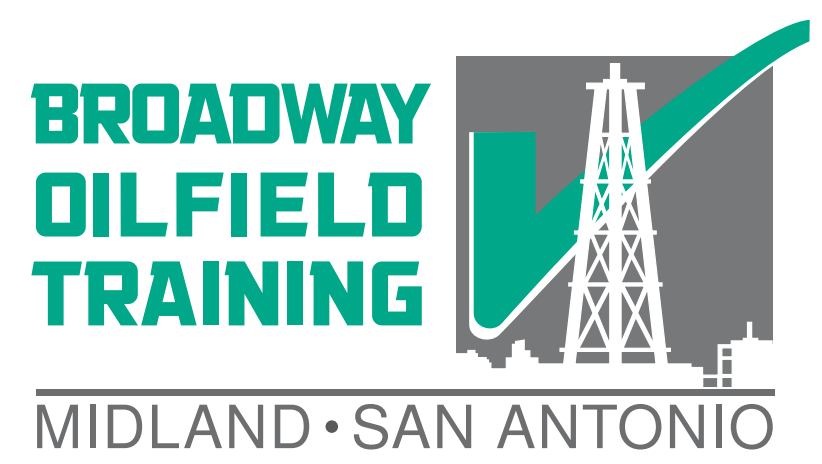SAN ANTONIO H2S TRAINING REQUIREMENTS
Hydrogen Sulfide gas, or H2S, is found around certain areas of the oil field, such as wellheads, drilling rigs, flowlines, tanks, and other drilling/production facilities. Any worker in San Antonio that could be exposed to H2S is required to be sufficiently trained in order to understand the hazards of working in and around H2S, including, but not limited to: evacuation, first aid, CPR, personal protective equipment, etc. For those workers who will be working in dangerous atmospheres above the exposure limits, supplied air, or a SCBA, will also be required. For a worker to use the respirator correctly, they must be medically cleared, fit tested, trained, and properly practiced. In an earlier article, we also have noted that there are additional requirements for supervisors based on BLM/Texas Railroad Commission rules.
SAN ANTONIO H2S TRAINING STANDARDS
Several standards have been put in place to help protect the worker as well as ensure employers that training is of a sufficient quality. The best known standard in the arena of San Antonio H2S awareness is joint produced by the American Society of Safety Engineers and the American National Standards Institute under standard Z390.1, which lists the training required for a worker to obtain an “H2S card,” which is a 1 year certification certifying that the worker has met the awareness criteria under the ANSI standard. ANSI/ASSE Z390.1 also sets minimum criteria for instructor qualifications, instructor training, record keeping, and class quality.
Another set of standards surrounding hydrogen sulfide is the American Petroleum Institute’s Recommended Practice number 49 (API RP 49), which covers hydrogen sulfide operations in the oil field, including training. Many of the API training recommendations echo those of ANSI, however, they are more specific to oil and gas operations. This includes standards for sulfur dioxide awareness, which is also a highly toxic gas that is associated with hydrogen sulfide flaring, as well as wind direction awareness.
H2S TRAINING EQUIPMENT
It is crucial that workers are practiced on equipment before they actually need it. For H2S awareness, being able to properly use the equipment can be lifesaving, although the list of equipment is somewhat short. A full set of SCBA respirator gear is important to demonstrate, because even those workers who will never use it need to gain an appreciation for the amount of work involved in delivering a contained atmosphere on short notice. Personal monitors will also need to be shown including demonstrating, how to wear them and how to operate them. While not technically hydrogen sulfide PPE, at this point coveralls can be shown as an excellent visual aid for students to demonstrate possible breathing zone locations for mounting personal H2S monitors.
KNOWLEDGE TESTING
Knowledge testing is ideally a part of the learning process. A good oil field training program will use class post-tests to gauge the students’ knowledge levels, find weaknesses, and help the students move forward as well as improve the classroom experience. H2S cards “expire” after one year so that the knowledge is still fresh in the student’s mind. It is in the spirit of reciprocal continuous improvement that the worker may year after year become even more and more knowledgeable and the courses become even more valuable.
Suggested courses: San Antonio H2S Certification, San Antonio CPR Class
Notice: Article is provided as is and for informational use only. Eagle Ford Training San Antonio, its owners, instructors, and affiliates hereto referred as the company shall have no liability for and you shall defend, indemnify and hold harmless from and against any claim loss demand, liability, obligation, and expense based upon any injury or damage, spill or pollution, product liability, or any other loss that may occur. The liability for the use of information is solely yours notwithstanding any act of error or omission by the company.
